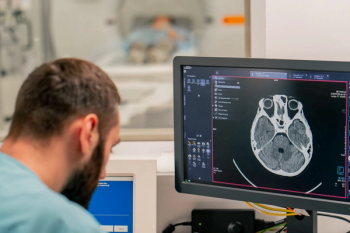
Going beyond the humdrum, eye roll-inducing platitudes of orientation training may foster improved attention and adherence to training priorities such as cybersecurity.

Going beyond the humdrum, eye roll-inducing platitudes of orientation training may foster improved attention and adherence to training priorities such as cybersecurity.

Is it time to rethink the burden of applicant fees, credentialing costs and medical staff dues?
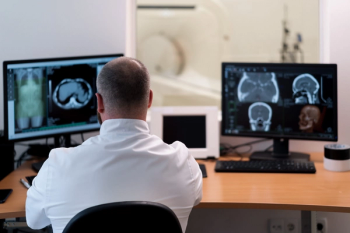
A singular database of current rules, guidelines and best practices in radiology would be a welcome advance to ensure ease of access, consistency, and proactive prevention of frivolous malpractice cases.

While CT, MRI and X-rays provide more of a workout for one’s radiological skills, more occasional spurts of DEXA scans and Doppler ultrasounds can provide comfortable diversions on worklists.

A comfortable environment for reading CTs, MRIs and X-rays may be conducive to less interruptions and longer intervals at radiology workstations.

The will to provide legitimate make goods to help address bad situations for radiologist employers can be a key difference between staff loyalty or mutiny.

Catch up on the most well-read Eric Postal, M.D.-penned blogs from 2023.
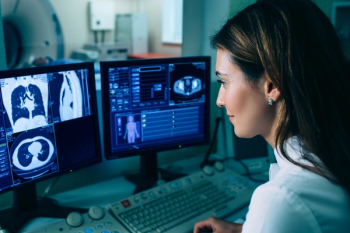
Expressing appreciation for the technological advances that have limited previous disruptions to radiology workflow, this author speculates about what could come next with AI, voice recognition and workstation enhancements.
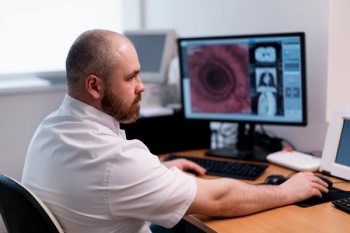
Excess verbiage, at the behest of non-clinical interlopers, continues to pervade radiology reports.

Can a return to a per-click reimbursement model reignite one’s drive?
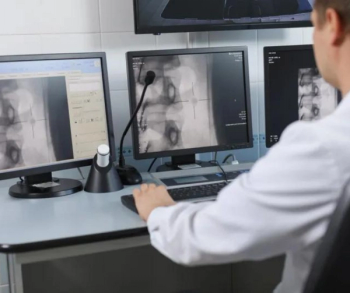
Is there a certain hypochondriasis that may lead some radiologists to pursue their own imaging, and would it change how aggressively they follow up incidentalomas on their own scans?

The success of compliance initiatives is often preceded by an easily understood rationale and simply stated benefits.

While some may see a job applicant with multiple past employers as a job hopper, others may see an opportunity to hire a radiologist with diverse work experience.

Is the continued rise of artificial intelligence (AI) driven by legitimate “machine learning,” or do the frequently “suspicious” chest X-rays and questionable detection of subtle findings on head CTs reveal a hype-driven train of new products with an ultimately “planned obsolescence”?

What constitutes an optimal work schedule in radiology?

While this author has no intention of retiring from radiology, he notes that retiring from certain work schedules or aspects of the field have had a favorable impact on his life.

While there may be awkwardness and a degree of embarrassment in noting obvious findings to referring clinicians in radiology, consistent communication of those findings is essential.
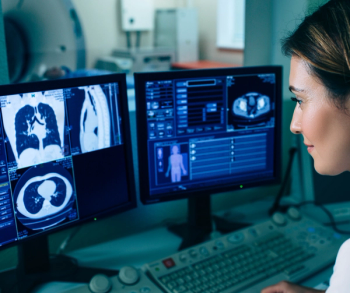
How strong is your own quality assurance (QA) barometer for interpreting CT, MRI, and ultrasound images?

I’ve long since learned that good faith is far more reliable than, say, contracts.
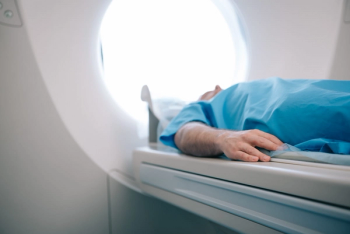
When facilities routinely forward X-rays for “pain,” vascular ultrasound studies without Doppler or chest computed tomography (CT) scans devoid of breath holding, patient care suffers.

When you are asked for an informal medical opinion, one’s intellectual curiosity and desire to help others never fade away.
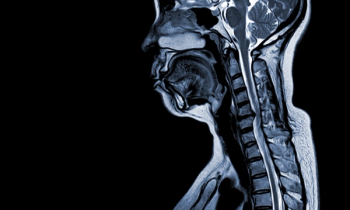
What do you do with a CD of imaging that has no information on the doc requesting the radiologist read?
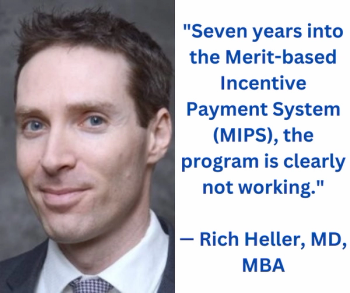
Noting that the Medicare conversion factor in 2024 could be lower than the rate in 1993, this author discusses three key issues that need to be addressed by government leaders in order to ensure equitable Medicare reimbursement for radiologists and other physicians.

Addressing ancillary repetitious inhibitors to radiology workflow could go a long way to mitigating burnout risk.
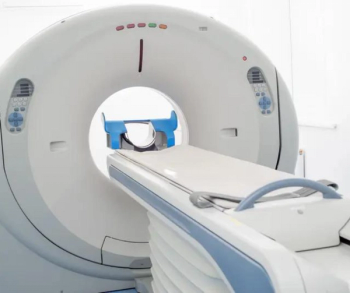
Superfluous pan scans have become standard for a vast majority of minor injury presentations in emergency room settings.

While it stands to reason that referring physicians would prefer a condensed summary of relevant imaging findings, vagaries with insurers, patients and other possible readers of the radiology report may warrant an inefficient minutiae-cluttered approach.

While some may equate extra work hours as honorable self-sacrifice or dedication to patients, striving for an optimal balance of life and work is an individual choice that shouldn’t be criticized.

When reviewing radiographs, computed tomography (CT) scans or magnetic resonance imaging (MRI) scans, do you still turn to mnemonics every now and then to jog your short-term memory?
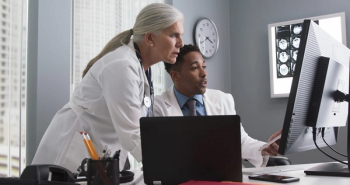
Whether it’s the proverbial “bad penny” case that crashes PACS or the perception that positive computed tomography angiography (CTA) exams for pulmonary arterial clots come in sets of three, suspicions can emerge here and there in radiology.